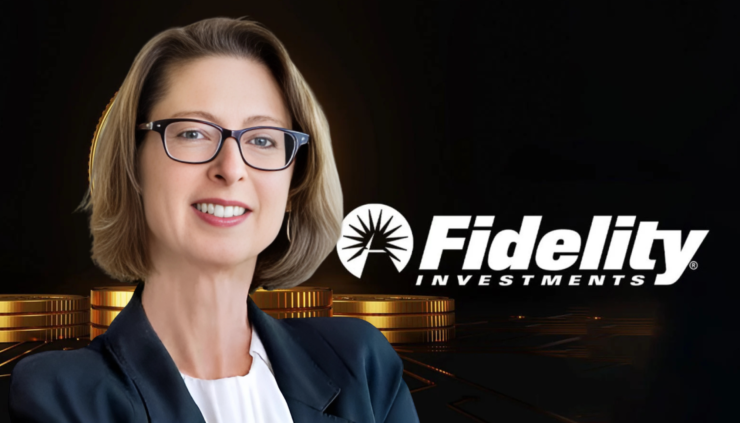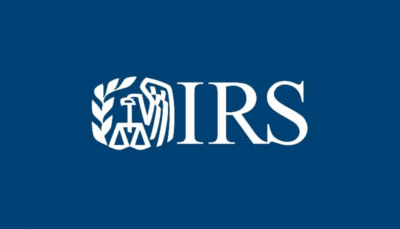Fidelity Investments is reportedly nearing the public rollout of a U.S. dollar-pegged stablecoin, marking another calculated step in the firm’s broader push into the crypto space. According to sources cited by the Financial Times, the project is being finalized under Fidelity Digital Assets, the company’s dedicated digital division, and comes at a time when regulatory sentiment toward crypto appears to be softening, particularly under the current Trump-aligned political landscape.
This stablecoin initiative isn’t a standalone effort—it forms part of a growing strategy to embed blockchain infrastructure into Fidelity’s traditional asset offerings.
In a recent filing with the U.S. Securities and Exchange Commission, Fidelity disclosed plans to launch an Ethereum-based “OnChain” share class for its Treasury-backed money market fund, currently valued at $80 million.
The filing outlines that the share class would operate on the Ethereum network and offer transparent tracking of fund transactions.
Fidelity stated that the blockchain-enabled share class is designed to improve fund oversight and settlement efficiency, providing institutional investors with real-time visibility of share movements.
While the proposal is still awaiting regulatory approval, the firm expects the OnChain class to become operational by May 30.
With both the stablecoin and the Ethereum-based fund class in motion, Fidelity appears to be cementing its role as one of the few traditional finance giants actively bridging conventional markets and decentralized systems.
Stablecoin Surge: Fidelity Enters a Crowded Arena
Stablecoins are digital tokens pegged to stable assets like the U.S. dollar or gold, which have become a critical tool within the crypto ecosystem.
They allow traders to move in and out of volatile positions without exiting the market entirely, functioning as digital cash with the stability of fiat. For exchanges, lenders, and DeFi platforms, stablecoins also act as essential plumbing, enabling faster settlement and cross-border transactions without the friction of traditional banking rails.
Fidelity’s stablecoin would join a market already brimming with heavyweight players. Tether’s USDT remains the undisputed leader in global volume, particularly in offshore markets, while Circle’s USDC has gained traction in the U.S. thanks to its focus on regulatory transparency.
Other stablecoins like Paxos’ USDP and MakerDAO’s DAI offer alternative models, but the field remains tightly controlled by the top two.
That competitive pressure is only intensifying. Just one day before news of Fidelity’s stablecoin broke, World Liberty Financial (WLFI), a decentralized finance protocol backed by figures aligned with Donald Trump confirmed its own stablecoin initiative.
While details remain sparse, the political undertones of WLFI’s project could inject a new dimension into the stablecoin race, especially if regulatory attitudes shift in favor of crypto under a future Trump administration.
The arrival of more institution-backed stablecoins suggests that the sector is approaching a new phase—one where compliance, branding, and political capital could play as big a role as technology or decentralization.
Spot Solana ETF Filing Signals a Broader Institutional Bet
Perhaps another eye-catching recent development coming from the asset manager is Fidelity’s filing for a spot Solana ETF, a move that comes just weeks after other asset managers like VanEck and 21Shares did the same.
The ETF would offer regulated exposure to Solana’s native token (SOL), potentially making it easier for traditional investors to access one of the fastest-growing Layer 1 blockchain ecosystems without directly holding the token.
The Solana ETF filings come at a time when the Securities and Exchange Commission (SEC) has yet to clarify whether SOL is a security. Industry watchers say the SEC’s response to this ETF(approved or denied) will serve as a litmus test for how future altcoin ETFs will be treated.
If approved, this could pave the way for a new wave of altcoin ETFs beyond just Solana, XRP and Litecoin, radically expanding the market’s scope and deepening institutional participation.
Quick Facts:
- Fidelity is finalizing the launch of a U.S. dollar-pegged stablecoin through its crypto division, Fidelity Digital Assets.
- The firm has also filed to introduce an Ethereum-based “OnChain” share class for its $80 million money market fund.
- The blockchain-enabled share class aims to boost transparency and settlement efficiency for institutional investors.
- Both moves reflect Fidelity’s growing push to integrate blockchain technology into traditional finance systems.





